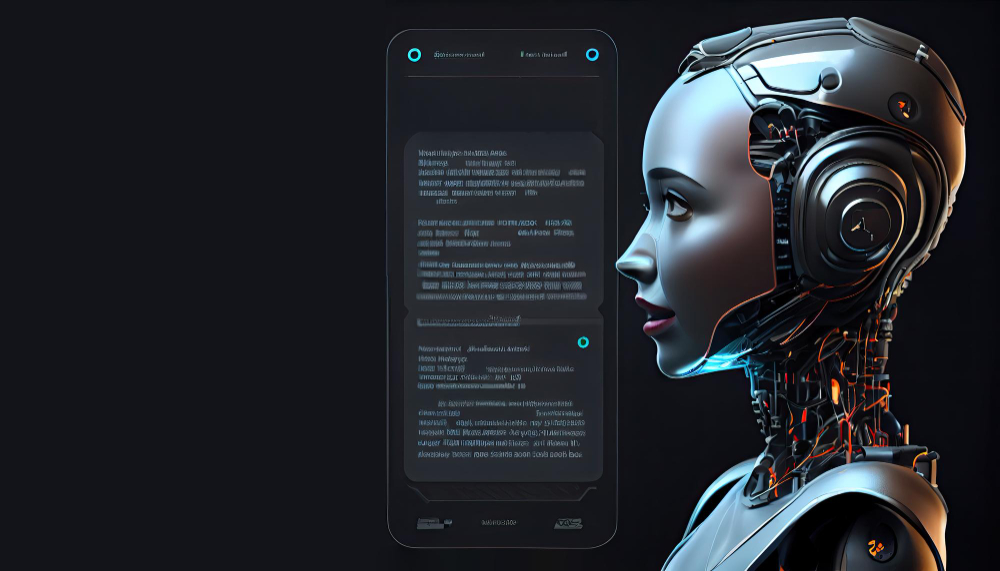In the fast-paced world of digital innovations, AI assistants and virtual assistant chatbot technologies are becoming increasingly vital for businesses and individuals. Having an artificial intelligence virtual assistant, AI digital assistant, or chatbot virtual assistant on various platforms streamlines communication and problem-solving. To optimize user experience, it is crucial to understand the intricacies, limitations, and potential of these AI-driven virtual assistant AI technology solutions. This blog post will explore two key aspects of AI-driven chatbots: the importance of data quality and the delicate balance between creativity and predictability.
Data Quality: The Foundation of AI-driven Virtual Assistant Chatbots
The effectiveness and efficiency of an AI virtual assistant or virtual assistant chatbot largely depend on the quality of its data. As AI systems learn and evolve by processing information, accurate and reliable data is crucial. In the early stages of AI system development, data scientists might spend up to 80% of their time wrangling data, ensuring it reaches an acceptable level of quality.
High-quality data enables virtual assistant AI technology-driven chatbots to comprehend context, provide relevant responses based on input, and continuously improve through machine learning algorithms. As a result, data quality is a pivotal factor in shaping users' experiences with AI assistants for businesses and individuals alike.
Striking the Balance: Creativity vs. Predictability
Classic chatbots offer a 100% predictable outcome, as they use pre-programmed instructions for each step of a conversation. Despite providing accurate responses, this method lacks the creativity, spontaneity, and adaptability often desired in a human-like conversational experience.
Conversely, AI-driven virtual assistant chatbots display an understanding of context, provide creative responses, and adapt to different situations. However, they also have a tendency for errors. Similar to humans, AI systems interpret and process information differently, making it challenging to achieve a flawless, human-like chat experience while maintaining complete accuracy.
Assessing the Chatbot-Solution: Balancing Accuracy and Practicality
The acceptable error rate threshold for your AI virtual assistant or chatbot virtual assistant depends on your business goals. If you seek near-perfect experiences with near 99% accuracy, a classic chatbot may be more appropriate. On the other hand, if a 95% accuracy rate is sufficient, AI-driven chatbots can offer users engaging experiences marked by creativity.
Another option is to explore semantic or AI-search systems that retrieve relevant information from your materials without attempting to convert the data into coherent answers. This ensures a higher accuracy rate while still harnessing AI functionality advantages.
Harnessing AI and Virtual Assistant chatbot technology for business requires a good grasp of the basics of artificial intelligence. With this understanding, you can unlock the potential of AI and chatbot technology to improve your business processes.
Conclusion
Developing AI-driven virtual assistant AI technology solutions holds immense potential, but weighing its benefits and potential drawbacks before choosing the ideal chatbot for your needs is crucial. Data quality and the perfect balance between creativity and predictability are crucial for an optimized user experience. Select the chatbot or AI assistant for business that aligns with your objectives and user experience expectations.


